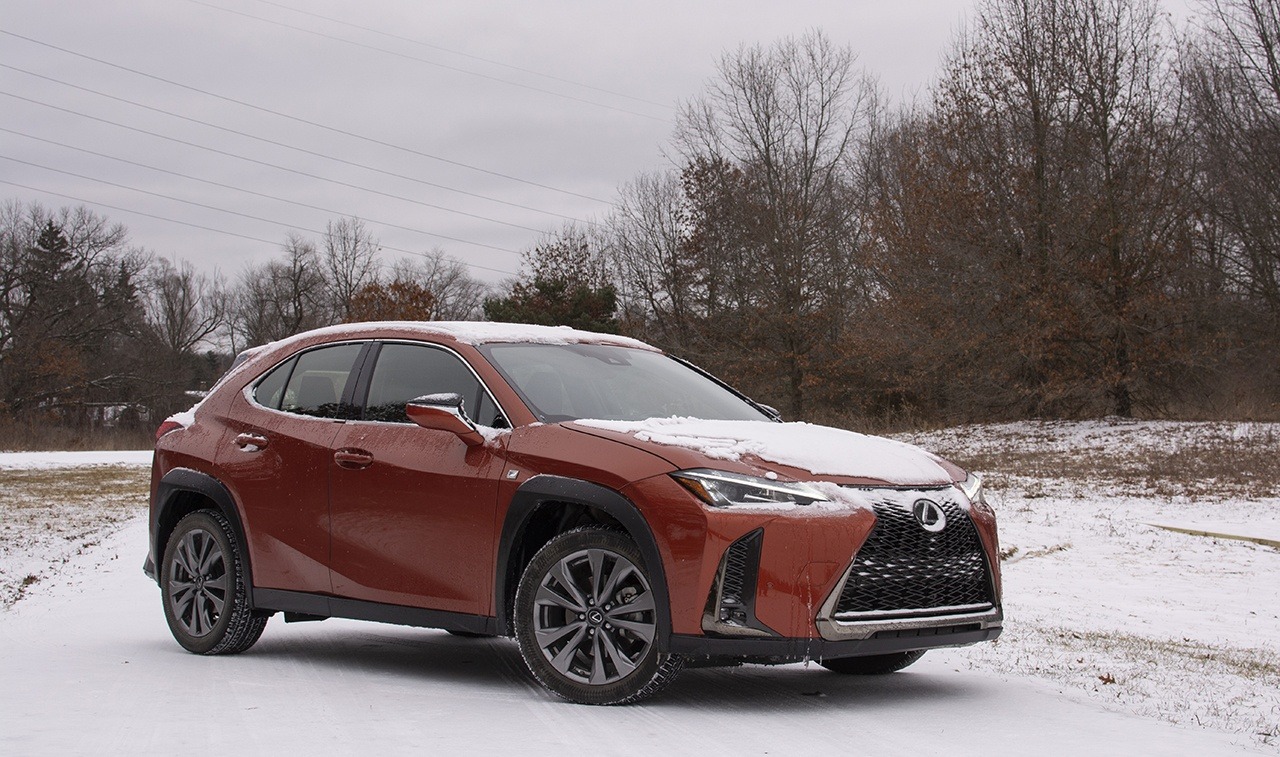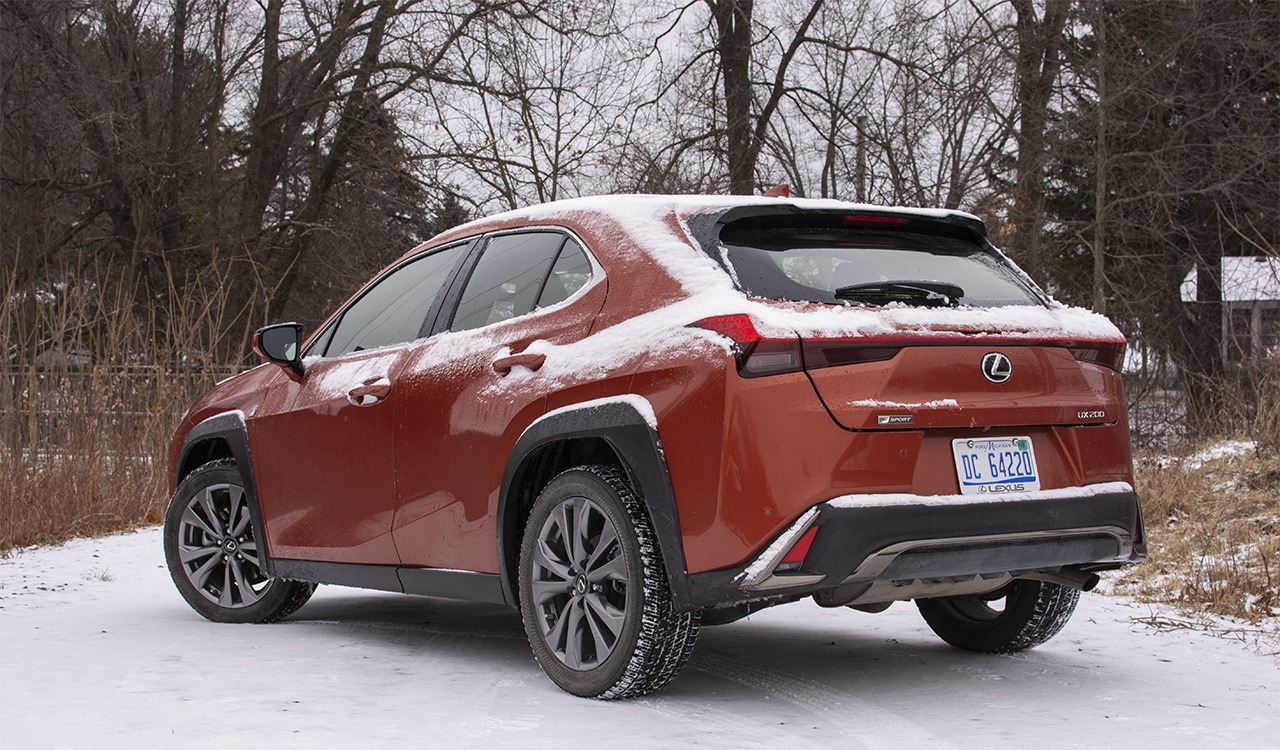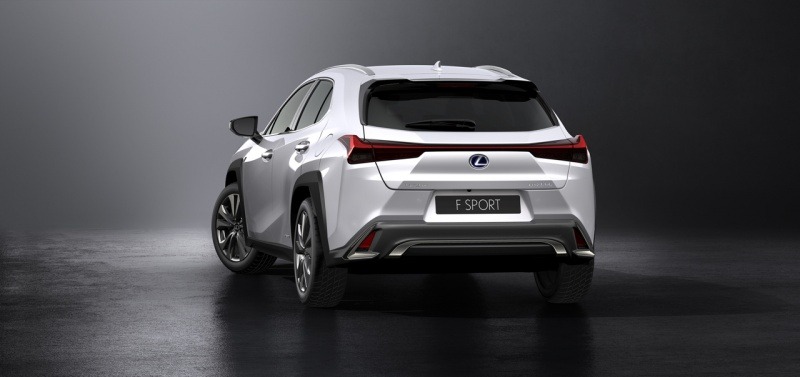Search the Community
Showing results for tags 'ux 200'.
-
Like it or not, crossovers are becoming the de facto choice for many buyers and automakers are responding. There is now a wide variety of crossovers available: From large three-row models to small, compact vehicles perfect for urban environments. The latter is what we’ll be focusing on this review w...
- 79 replies
-
- 1
-

-
- 2020
- 2020 lexus ux 200
-
(and 4 more)
Tagged with:
-
Like it or not, crossovers are becoming the de facto choice for many buyers and automakers are responding. There is now a wide variety of crossovers available: From large three-row models to small, compact vehicles perfect for urban environments. The latter is what we’ll be focusing on this review w...
- 79 comments
-
- 2020
- 2020 lexus ux 200
-
(and 4 more)
Tagged with:
-
This week marks my first review vehicle for 2020 - the Lexus UX 200 F-Sport. This one comes equipped with such items as F-Sport exterior package, 18-inch wheels, Lexus Enform with Apple CarPlay compatibility; Wi-Fi connectivity, and a 10-way power driver's seat. Options on this vehicle include bli...
- 32 replies
-
- 2020
- ask me anything
-
(and 3 more)
Tagged with:
-
This week marks my first review vehicle for 2020 - the Lexus UX 200 F-Sport. This one comes equipped with such items as F-Sport exterior package, 18-inch wheels, Lexus Enform with Apple CarPlay compatibility; Wi-Fi connectivity, and a 10-way power driver's seat. Options on this vehicle include bli...
- 32 comments
-
- 2020
- ask me anything
-
(and 3 more)
Tagged with:





